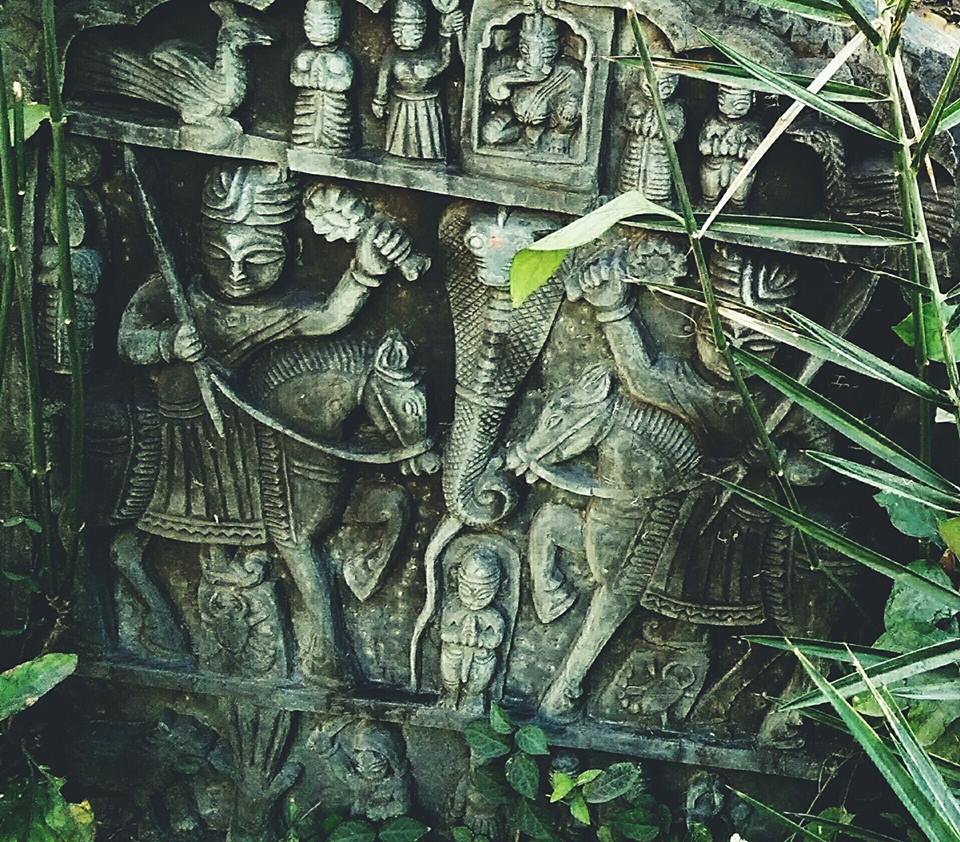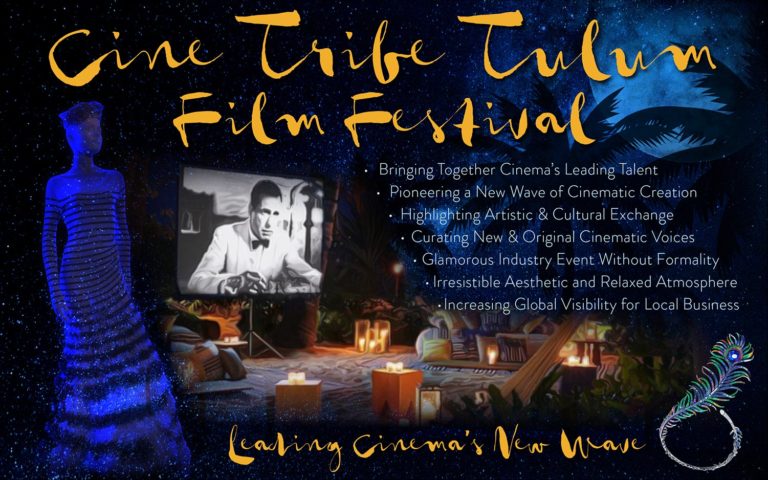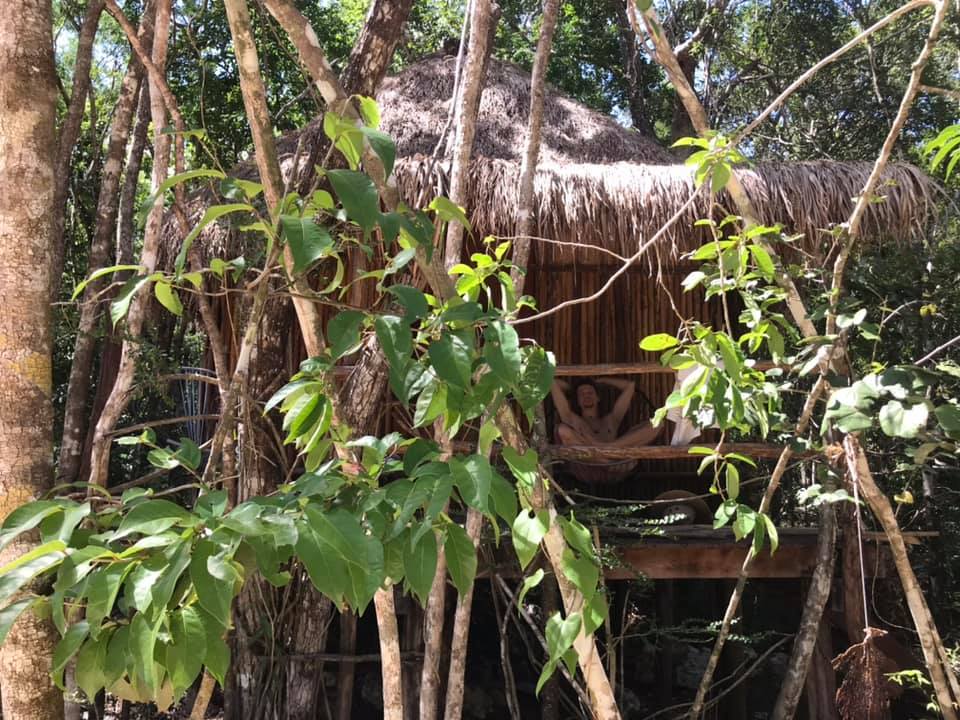Because Bliss is for Everyone
Welcome
The Vedic Times Org’s mission is to further empower and enlighten all spiritual seekers to become stronger and holistically independent.
We’re manifesting revolutionary, caring and self-sustainable projects developed from 2015 to 2019 by Ana Lucia Alves (aka Aradhana dd), after she co-founded and successfully ran a beautiful Charity.
The Vedic Times projects are:
The Healing Arts ~ Starting with our Female Artisans
Our YME (Production House) producing movies that matter
Our Vastu Huts ~ For your healthy living & retirement
Self Sustainable Eco-Villages ~ For healthy and independent living
Holistic Clinics ~ For you (the soul), your body and mind
Retreats Centers ~ To share knowledge & spread preventive medicine
The Master Plan:
In our Eco-Village Projects, funding can also be generated from our Holistic treatments, Educational efforts and our cottage industries ~ our Vastu & Sadhu Huts ~ and from its organic farming, honey sales, khaki cloth spinning, and all artistic crafts.
Barter and exchanged services is also a paradigm of service we wish to exemplify. The residential village will be a vibrant place where events, workshops, vibrational and holistic medicines, support groups, healing arts, and films with Cine Tribe Club & Studios will be a mainstay.
We look forward to developing these projects in different locations because this will assist the healthy growth of our wonderful ‘Spiritual Community’.
Our Projects in more detail:

1. We aim to create employment to build, secure and maintain each community.
2. In each location, to have a VEDIC TIMES holistic clinic with first class treatments, free for local ‘spiritual seekers’ and paid for everyone else.
3. Self Sustainable Eco-Villages & retirement for spiritual seekers with our beautiful SADHU & VASTU HUTS. This means income during its production and more employment for our ‘spiritual community’, because these ‘first class, healthy little homes’ will also be produced for selling outside.
4. Out-Reach services (free and paid aid for the local population).
5. Holistic Education, free and paid, including spiritual education.
6. Preventive Health Care education (removing drugs, alcohol, etc).
7. Micro-Farming – Permaculture – Education (free and paid for).
8. Production of other “organic products” e.g. honey, dry fruits and flowers. And production of Art.
9. Hospice Services (employment for carers, nurses, doctors, etc).
Find the Vedic Times also on Facebook, Vimeo, Twitter & Instagram
Making movies with Yoga~Maya Entertainment (YME).
A ‘NEW WAVE’ FOR THE 21ST CENTURY
As physicists try to uncover the base structure of matter, Yoga-Maya is working to uncover the profound psychological nature of cinema.

Historically, ’emerging’ technologies (eg. sound, color, CGI) have caused many evolutionary paths in cinema to be prematurely abandoned, leaving its true potential largely undiscovered.
This focus on technology – rather than movies – has left audiences uninspired and studios relying on marketing rather than content.
Cinema’s renaissance is about the magic of cinema; conceiving, producing and experiencing it. Yoga-Maya is all about this 21st century ‘New Wave’.
Audiences are waiting!

Find Yoga-Maya Entertainment on Facebook & Vimeo
See also our YM-Marketing services.
Cine Tribe is a creative hub for artists and cinephiles.

Our Film Studio and Resort is on its way!
A Revolutionary and Holistic Media Studio for the creation and consumption of content that carries humanity forward.
We are creating a world-class, cutting-edge film studio that hires and serves many of the most innovative cinematic talents in the world.
To know more, please visit our website here.
Also find us on Instagram and Facebook.
See also its International Film Festival

Also presenting CHANTING YOGA

THE PRACTICE AND BENEFITS OF ‘CHANTING YOGA‘
Chanting Yoga is a sublime and simple process by which one can attain peace of mind, bliss and everlasting happiness. From the vedic age came the idea of meditating with a mantra – a word or sound repeated to aid concentration. “Man” is mind and “tra” is to liberate. Therefore chanting of mantras frees the mind from entanglements.
Chanting Yoga combines two of the ancient processes of yoga – meditation (dyana) and repetition of mantras by concentrating on sound vibration. Chanting yoga offers a practical solution to the pressures of our time.
To see/book our 2020 Retreats click here.
Chanting Yoga is perfectly suited to this modern time of stressful and busy lifestyles:
- You can chant anywhere and anytime
- You can chant alone or in a group
- You can chant at work, while travelling or at home
- You don’t have to wear anything special
- You don’t have to sit in a particular position
- You don’t have to carry out any gymnastics

Visit our website here.
You can also get all Chanting Yoga updates by following us on
Instagram and Facebook.
You can support these efforts so we may manifest them sooner
Please consider ticking the ‘make this a monthly donation’ box as our efforts will be on-going. And contact us if you wish to assist otherwise.
Thank you!
For constant updates, please follow the Vedic Times Org on Twitter and Facebook.





































